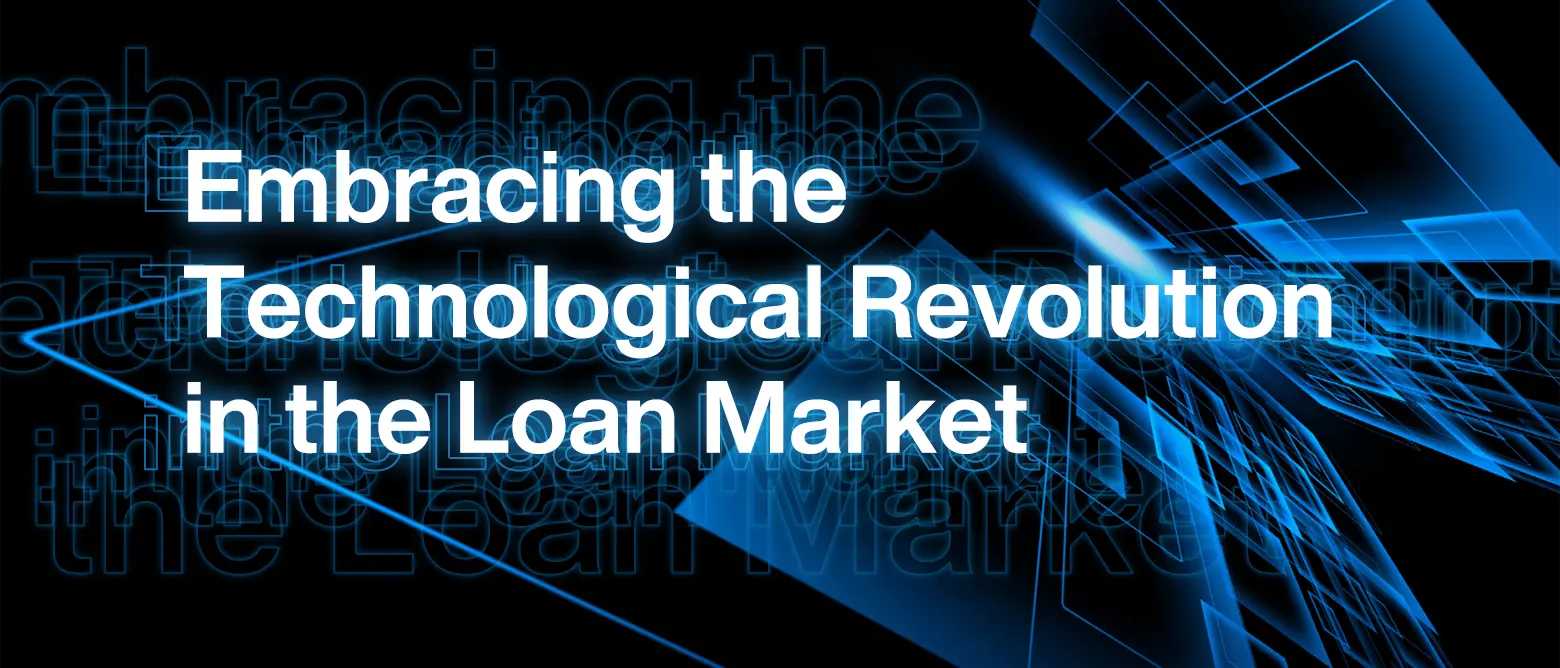The loan market is poised on the brink of a technological revolution. At the recent LMA Loans Conference 2024 , industry leaders highlighted critical challenges being faced today – fragmented data, idiosyncratic documentation, and institutional inertia that must be addressed for transformative progress.
What are the short-term gains?
According to an audience poll, process flow automation is poised to make the most significant impact on EMEA loan markets by 2025, capturing 59 per cent of the vote. Ever present on today’s fintech horizon, artificial intelligence (AI) —along with its allies, Large Language Models and Machine Learning— came second with 34 per cent. Central to these talks a few years back, DLT and Blockchain garnered just 2 per cent of the audience votes.
The loan market is highly bespoke, presenting unique challenges. One of the most pressing issues is a lack of straight-through processing, which continues to hinder operational efficiency. This situation necessitates a renewed focus on streamlining processes to keep pace with evolving technological capabilities.
Despite the potential benefits of automation, including advancements in AI and machine learning, there remains a hesitancy to fully embrace these changes. Overcoming legacy IT systems, institutional inertia, and a certain nostalgia for traditional documentation practices requires a collaborative approach. Establishing standard APIs is crucial for facilitating connections between origination and back-office functions, which have historically seen insufficient investment.
As highlighted in the conference, integrating old and new technologies is pivotal for progress. The disconnect between front and back-office operations has proven to be a significant barrier to technological advancement, even in light of successful proofs of concept. Reducing reliance on human teams for tasks that could be automated is essential for enhancing efficiency and optimising resource allocation, also attracting and retaining talent
A call for collaboration
We’re witnessing a collaborative shift in developing common standards for data taxonomy and documentation within the financial sector. As generational change and higher turnover rates in institutions progress, younger professionals are driving expectations for enhanced technology integration.
In a follow-up poll, attendees voiced their expectations for secondary settlement times in 2025—a key focus area for the LMA. While half anticipated shorter settlement times, 46% expected them to remain stable, and a small minority foresaw an increase. The LMA is committed to diligently working towards ensuring the optimistic outlook becomes reality.
The path forward:
In conclusion, by embracing collaboration, standardisation and automation, we can unlock much greater efficiency in the loan market. These interconnected strategies not only streamline operations but also enhance communication among stakeholders. Standardisation reduces complexity and variability, making it easier to manage settlement and trades effectively. Meanwhile, automation accelerates workflows, allowing firms to respond promptly to market changes and take decisive actions when needed. By integrating these approaches, we can build a more agile and resilient loan market, better equipped to meet the demands of an evolving financial landscape. Embracing this transformation is crucial for driving innovation in the industry.
Footnote – the LMA has seen significant increase in new members across the technology sector, not just loan operations but from companies engaged in Web 3, smart contracts, digitised and predictive documentation, and of course STP platforms and aggregators.




